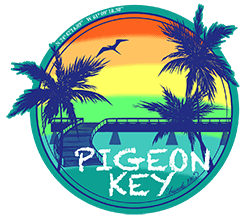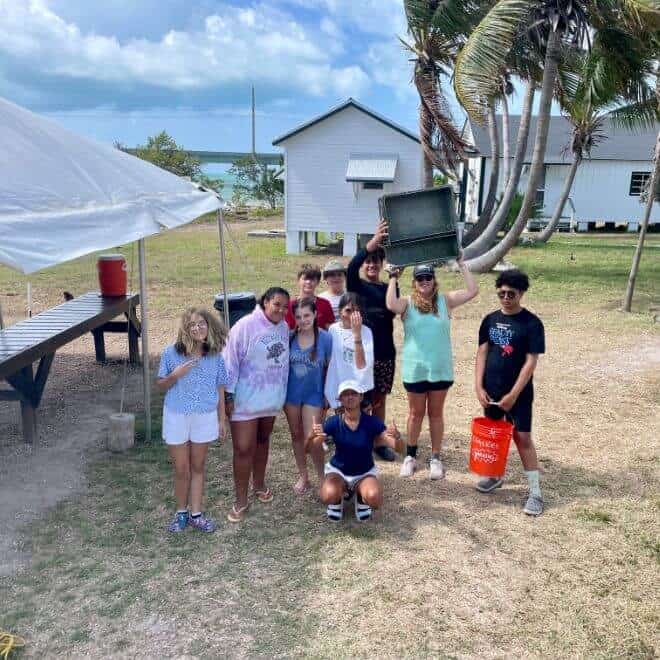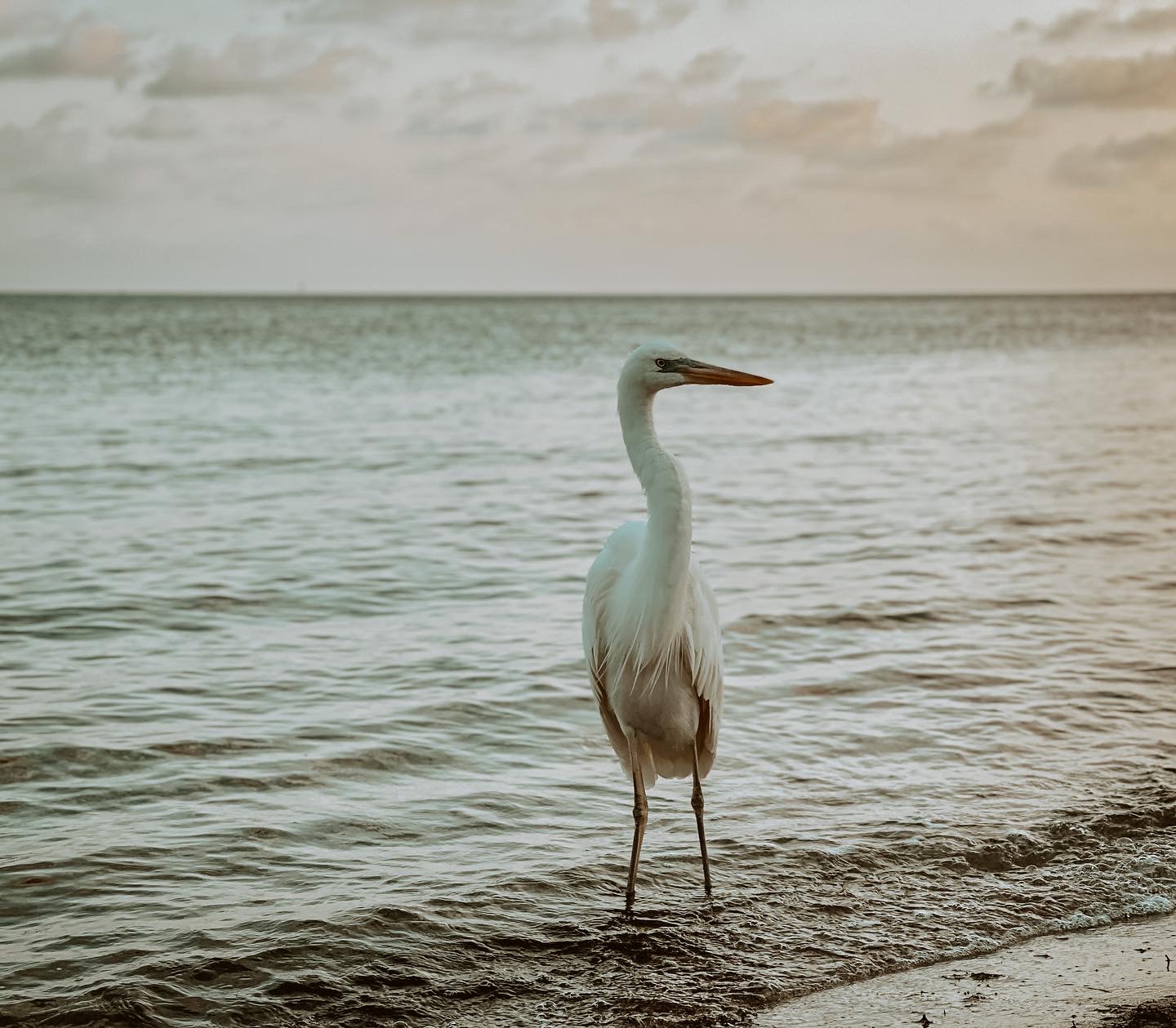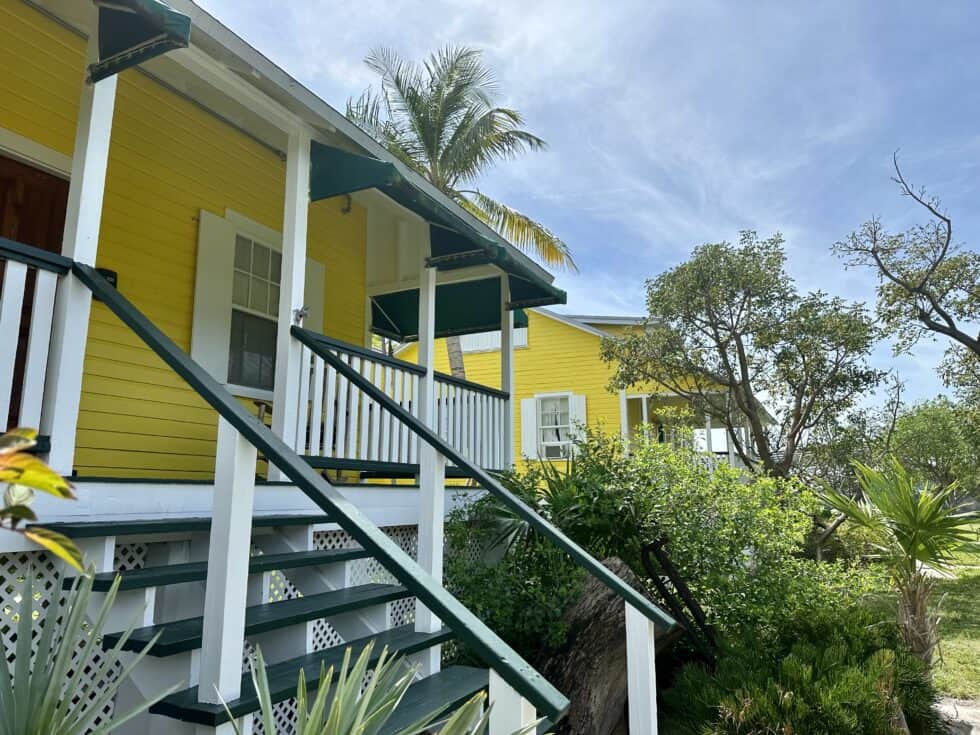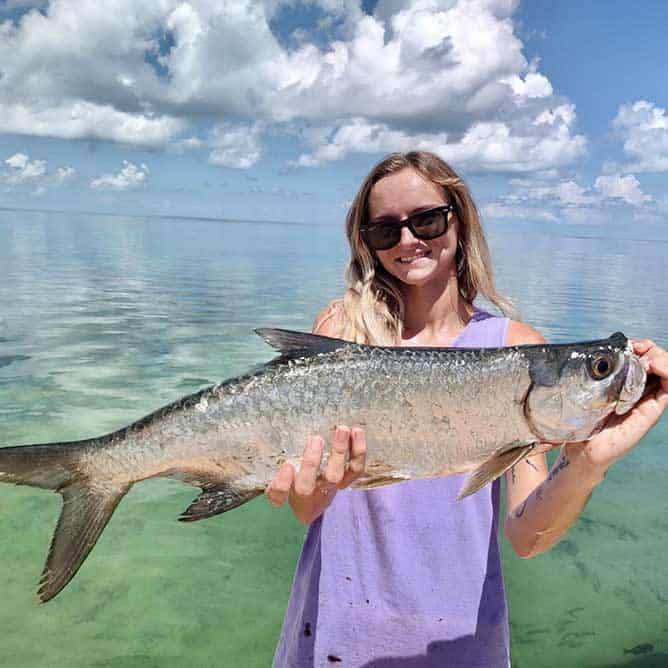Here on Pigeon Key, visitors, staff, and educational groups are able to encounter a variety of awesome marine creatures and habitats while tide-pooling, snorkeling, or walking down the Old 7-Mile Bridge. However, alongside the Queen Conchs and Eagle Rays we also find plastic bags, old lobster buoys, toothbrushes, candy wrappers, and fishing nets washed up onshore or trapped in mangrove roots. All of those items are classified as marine debris, which is any non-biodegradable material found in the ocean that is not supposed to be there. This includes large pieces of rubber, glass, styrofoam, plastics, metal and fishing gear as well as smaller types of trash like runoff and micro-plastics that we often can’t see with just our eyes.
Marine debris is incredibly detrimental to marine organisms and the habitats they live in. Many animals ingest trash thinking it is food, like turtles mistaking plastic bags for jellies. Ingestion of debris is a huge issue for seabirds as well. When a bird eats trash, it may regurgitate that to feed its offspring, leading to chicks dying early in life. Scientists even found an albatross chick that died with 306 pieces of trash in its stomach.
Ingestion is not the only issue, however, as many marine animals get injured or die after becoming entangled in debris. Derelict fishing gear, or gear that has been accidentally or purposefully thrown overboard, often traps fish, dolphins, manatees, turtles, and other creatures as it floats in the ocean, leading to starvation, drowning, or severe injuries. Heavy gear also drags along the ocean floor, tearing up seagrass beds and destroying coral reefs.
Because Pigeon Key is so closely tied to the ocean, reducing our negative impact on marine life is incredibly important. Ever hear the saying “Reduce, Reuse, Recycle”? It’s actually listed in order of greatest impact! The first and most important step we take is reducing the amount of waste we produce. Our solar panels drastically reduce our carbon emissions, we buy our products in bulk whenever possible to limit the amount of packaging coming onto the island, and the staff all use reusable water bottles.
While education groups are here, every student is provided with a reusable Pigeon Key water bottle as well! Plus all of the plates, bowls, and silverware used during educational groups are non-plastic. The next important step is reusing anything and everything we can! Hummus containers, pasta sauce jars, and other food packaging from the grocery store are washed and added to our Tupperware stash, while washed-up buoys are signed by every school group that stays with us (find those in the Section Gang next time you visit). Finally, if we can’t reuse something, we recycle whenever possible.
You can also incorporate these three steps into your own life to have a positive impact on marine ecosystems and other at-risk environments. If you can, reduce the amount of single-use plastics you are using or purchasing. One simple way to start is choosing to buy bar soap instead of liquid soap in plastic containers (bar soap is often cheaper too, so it’s a win-win!), or bamboo toothbrushes instead of plastic ones.
Even if you live far from the ocean, trash can and will find its way into marine habitats. Cleaning up after yourself and making sure your trash gets into the proper bin (do a quick google search of what your city or county recycles!) is the easiest way to stop debris from entering the ocean. You can also participate in beach or river cleanups, or do one yourself with friends! This is a great way to get outside and get involved in your community.
In addition to those three steps, you can help reduce the amount of marine debris by simply talking to your friends and family about it. Educating others is a vital step in addressing this huge issue. So remember to talk about it or share this article and you will become part of the solution!
